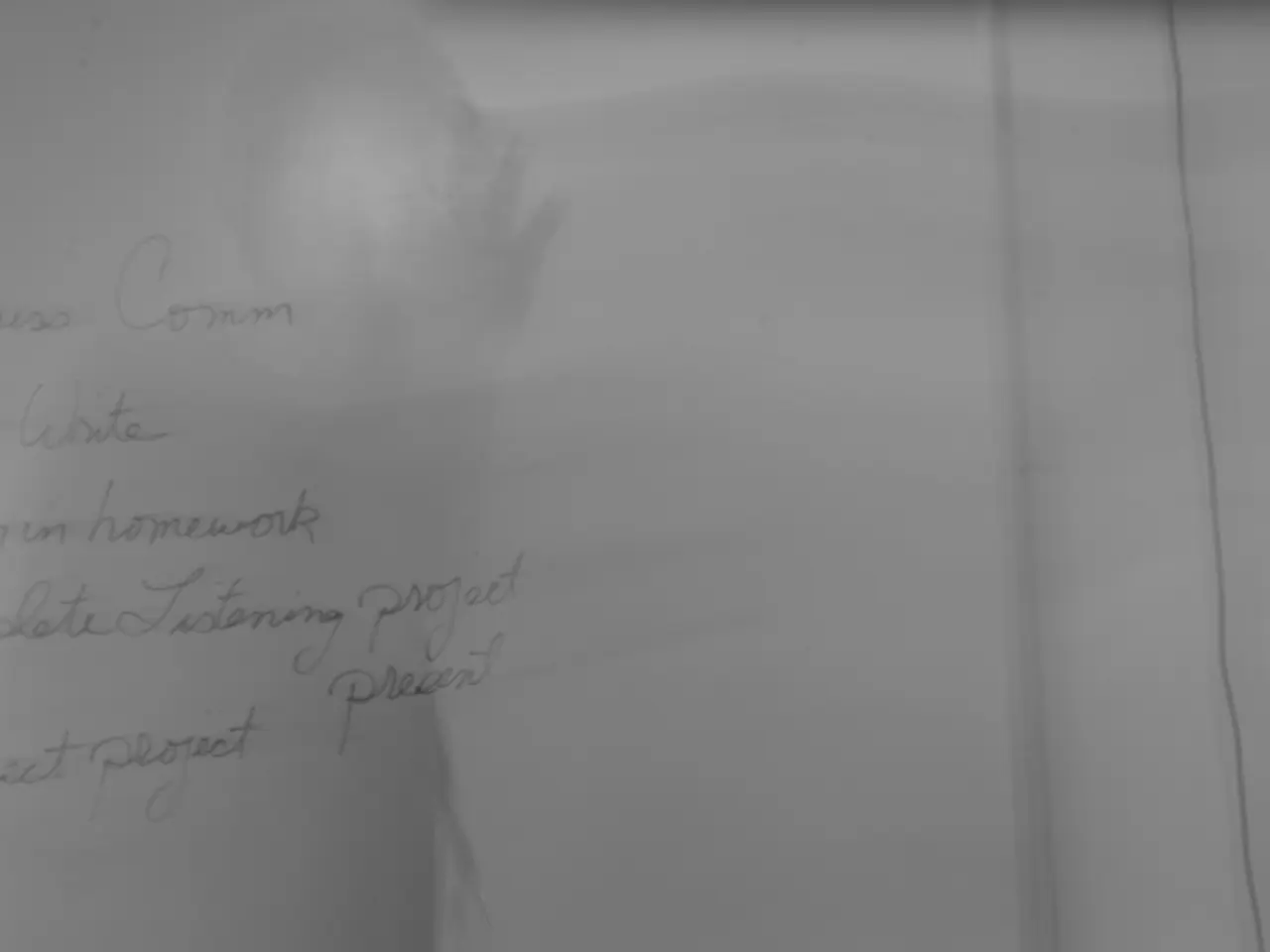Understanding the Term "Toxic" in the Context of Romantic Relationships
In today's world, understanding and navigating relationships can be a challenging task. A new online course, Healing Attachment Wounds, aims to provide guidance and support for individuals seeking to improve their love lives and break free from toxic patterns.
The course addresses common questions such as how attachment wounds impact emotions and body, why patterns are repeated in love, and how to identify and heal attachment wounds. It offers a 7-step programme that uses creative arts therapies techniques within a psycho-spiritual framework.
Toxic relationships can manifest through various behaviours, including emotional, physical, and psychological tactics. Understanding these signs and how attachment styles influence relationship dynamics is crucial for recognizing and addressing toxic behaviours.
Emotional abuse, codependent relationships, and trauma bond relationships are types of toxic relationships that can manifest in various forms. Signs of emotional abuse include emotional detachment or unavailability, anger and resentment, and entitlement and unrealistic expectations. Physical signs may include threats and abuse, while psychological signs include manipulation and control, constant criticism, and isolation.
Attachment styles can significantly influence the dynamics of a relationship. For example, individuals with anxious or insecure attachment may become overly dependent or clingy, exacerbating feelings of resentment or obligation in their partner. Avoidant attachment may lead to emotional distance and independence, causing feelings of abandonment or loneliness. Disorganized-disoriented attachment, often resulting from past trauma, can lead to unpredictable and intense emotional responses, making it challenging to maintain a stable relationship.
Healing from these patterns requires addressing the underlying attachment issues, building self-awareness, and seeking professional support. Self-care and self-compassion are essential for healing, as is setting boundaries and reclaiming one's needs. Acknowledging and processing trauma is also crucial for healing from a toxic relationship.
The course aims to help individuals feel more secure in loving relationships, experience real changes in love and attraction, and understand the role of brain chemistry in relationships. Success stories from the course include feelings of worthiness of love, breaking free from codependent dynamics, and setting healthy boundaries.
The course offers a free introductory training, making it accessible to everyone. Transformation is rarely linear, but igniting the flames of passion in one's love life starts with committing to loving in the ways one desires and refusing to accept anything other than a next-level life and relationship.
In cases of severe abuse or control, prioritizing safety and considering professional guidance is essential. It's important to remember that healing is a process that requires intentionality and addressing attachment wounds. Understanding the meaning of "toxic" is crucial to recognizing when one is in an unhealthy relationship and taking necessary steps to protect oneself.
[1] Healing Attachment Wounds (n.d.). Retrieved from https://healingattachmentwounds.com/ [2] National Domestic Violence Hotline. (n.d.). Warning signs of an abusive relationship. Retrieved from https://www.thehotline.org/is-this- relationship-abusive/ [3] Love Is Respect. (n.d.). Signs of a healthy and unhealthy relationship. Retrieved from https://www.loveisrespect.org/healthy-relationships/understanding-healthy-and-unhealthy-relationships/ [4] Psych Central. (n.d.). Codependency: Symptoms, causes, effects, and treatment. Retrieved from https://psychcentral.com/disorders/codependency/
- The online course Healing Attachment Wounds aims to guide individuals in understating and overcoming attachment wounds, improving their love lives, and breaking free from toxic patterns.
- The course provides a 7-step programme that incorporates creative arts therapies and a psycho-spiritual framework to address common questions like the impact of attachment wounds on emotions and the body, the reasons for repeated love patterns, and the identification and healing of attachment wounds.
- Toxic relationships can be characterized by emotional, physical, and psychological tactics, and understanding these signs is crucial for recognizing and addressing toxic behaviors.
- Emotional abuse, codependent relationships, and trauma bond relationships are types of toxic relationships that can manifest in various forms, with signs including emotional detachment or unavailability, anger and resentment, entitlement and unrealistic expectations, threats and abuse, manipulation and control, constant criticism, isolation, and unpredictable and intense emotional responses.
- Healing from these patterns requires addressing the underlying attachment issues, building self-awareness, seeking professional support, practicing self-care and self-compassion, setting boundaries, and processing trauma.
- The course aims to help individuals feel more secure in loving relationships, experience real changes in love and attraction, and understand the role of brain chemistry in relationships, leading to success stories of worthiness of love, codependent dynamics breakthroughs, and setting healthy boundaries.
- The course offers a free introductory training, encouraging everyone to embrace the possibility of transforming their love lives by committing to loving in ways they desire and refusing to accept anything less than a next-level life and relationship.
- In severe cases of abuse or control, prioritizing safety and seeking professional guidance is essential, with resources like the National Domestic Violence Hotline available.
- Healing is a process that requires intentionality, understanding, and addressing attachment wounds, and recognizing the meaning of "toxic" is crucial to identifying unhealthy relationships and taking necessary steps to protect oneself.
- In addition to creative arts therapies, the course covers various aspects of mental health, health-and-wellness, lifestyle, relationships, education-and-self-development, and personal growth to offer comprehensive guidance for healing.
- Emotional connection, trust, and communication are essential components of intimacy and healthy relationships, with art and play often serving as powerful tools for fostering these connections.




